Tell me how you cook, and I'll tell you which is your Carbon Footprint / #KISS Week 41
Every human activity generates a carbon footprint, from industrial to individual activities.
If we want to take individual actions to take care of our environment, is necessary to be aware of how we can contribute with our grain of sand.
Today I want to share some data about the carbon footprint we leave every time we cook in our homes and offer some alternatives to minimize it.


Sometimes it seems difficult to achieve it, especially today when we are surrounded by so much technology that contributes to high electricity consumption and its consequences to the environment.
Every human activity that requires combustion contributes CO2 to the environment. Surely you are thinking about the simple act of breathing, and yes, you are right! But when we breathe, the CO2 we emit into the environment is absorbed and processed by plants. The vegetation is fundamental to this balance by preventing some gases (not just CO2) from being trapped in the atmosphere and having harmful effects on the climate.
Perhaps for the primitive man, it was easy to avoid the effects of burning wood for heating and cooking, but for today's man, it is vital to be aware of this. Paradoxically, the more technologically advanced we become, the faster the environment deteriorates.

At home, there are endless recommendations to minimize electricity consumption, but what about when we cook?
Cooking is a daily activity. At our homes, we have a stove that allows us to prepare our food. We also have freezers, refrigerators, coffee makers, microwaves, blenders, and any other appliance to whisk, mix or chop. However, in this post, I will only focus on the use of the stove.
Man has at his disposal a variety of foods for his consumption. It should be noted that foods that are consumed raw, such as vegetables and fruits, do not require much processing. It is very different from the case of meats and legumes. These foods require long cooking times, which in turn require a lot of domestic gas or electricity.
So I think it is easy to see that our carbon footprint will be smaller when using shorter cooking methods rather than longer ones.
The carbon footprint will be smaller when beef is prepared as meatballs than in a stew.
The same will be for cooking chicken. It is more "ecological" to prepare a grilled chicken breast (15 minutes) than to roast a chicken (1 hour or more).


Source

Stoves in the house can be of two types. Some run on domestic gas, and others on electricity. There are even hybrid models, i.e. one part runs on gas and the other on electricity.
In the case of gas stoves, they use domestic gas as fuel, which is composed of methane, a gas with a large carbon footprint when burned (it is a greenhouse gas).
The term "carbon footprint" refers to the amount of CO2 emitted into the environment through our domestic and industrial activities.
Domestic gas consumption in the home is conditioned by both the cooking time and the type of burners. In general, gas stoves have small or medium-intensity burners (they consume less gas, and provide a weak flame) and high-intensity burners (they heat more, intense flame). Therefore, an average domestic gas consumption per hour is estimated.
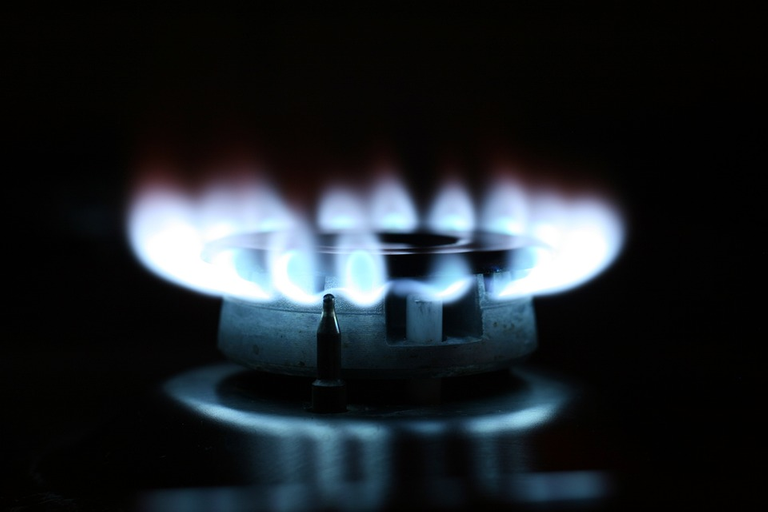
For every hour that food is cooked, 1.2 cubic meters of gas are consumed. But to compare gas consumption with electricity consumption, cubic meters of gas must be converted into kWh so we have that:
Therefore
1,2 cubic meter of gas = 14,04 kWh
Knowing that
1 kWh produces 450 grams of CO2/kWh
14.04 kWh will produce 6,318 grams of CO2/kWh.
One hour of cooking on a gas stove emits 6.3 kilograms of CO2 into the atmosphere.
In the case of electric stoves, to estimate their consumption each time we cook, we must also consider that these stoves have small, medium, and large burners. On average, one hour of cooking on electric stoves consumes from 1.2 kWh to 3 kWh. Taking the maximum electricity consumption, we have that:
3 kWh will produce 1350 grams of CO2/kWh.
One hour of cooking on a gas stove emits 1.3 kilograms of CO2 into the atmosphere.


Although we cannot stop cooking our food, let us try to avoid prolonged cooking methods, especially those involving the burning of wood or natural carbon.
If you need to cook baked goods, stew, or cook beans try to cook sufficient quantities where it is worth the carbon footprint generated. For example, when I cook chickpeas or beans I always try to make 4 pounds. I leave the portions that I will consume, and the rest I freeze. With just a couple of minutes in the microwave, I can enjoy them without investing hours again to cook a new quantity. I do the same with stews. I'm not a big fan of using the microwave, but once in a while, it's a quick way to heat or defrost.
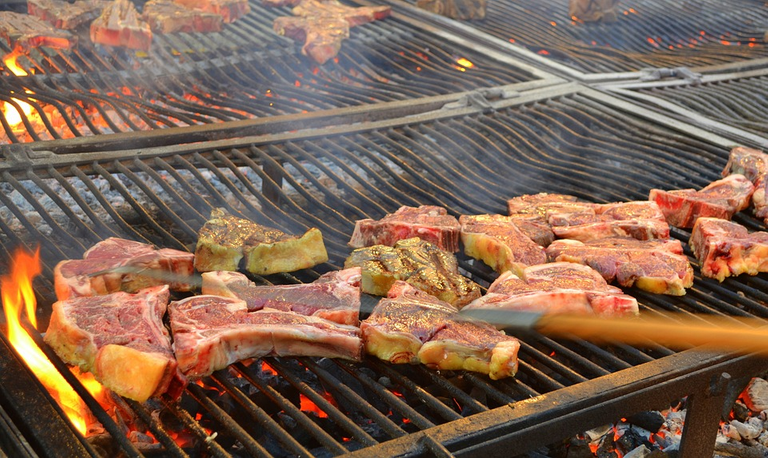
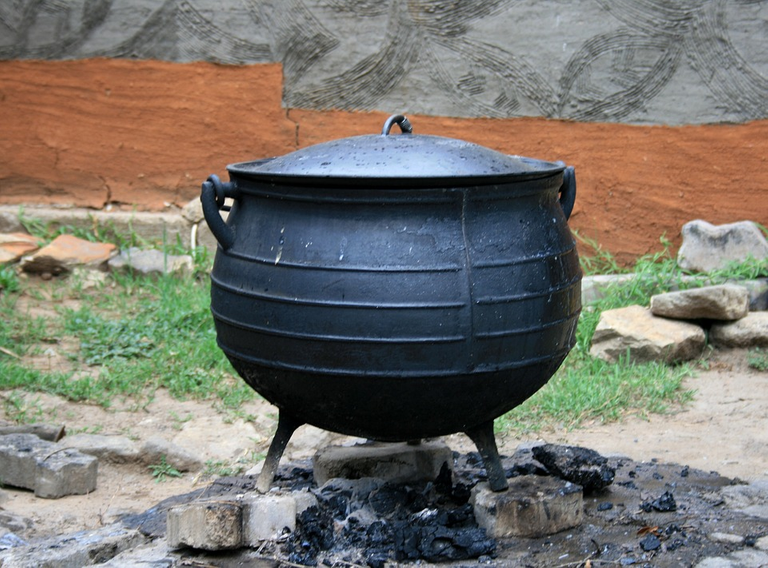

An environmentally friendly diet will be one that has more vegetables and fruits than protein. It is also important to choose shorter cooking methods such as steaming, poaching, sautéing, grilling and deep frying.

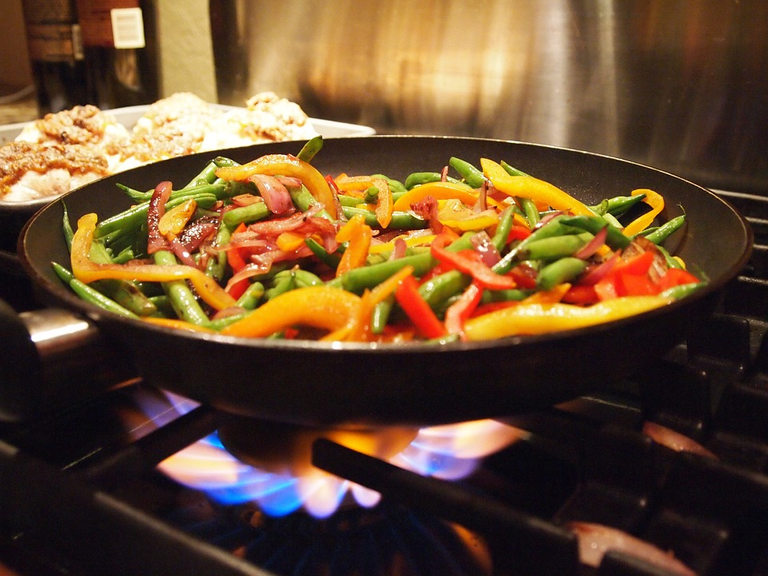
But.. Is deep frying healthy? Deep frying is a cooking method that occurs in 10 minutes. It is a fast method and usually involves a layer of batter that protects the food. If you want to know how to cook foods in deep frying without them absorbing oil, you can visit my publication 5 Tips for good batter where I detail this topic.


Many of our activities can generate significant amounts of CO2 into the atmosphere. If we want to minimize our carbon footprint when cooking, try to:
- Don't open the fridge or freezer frequently.
- Buy unprocessed and locally produced foods.
- Increase the consumption of vegetables and fruits while minimizing the amount of animal protein.
- Choose cooking methods of less than half an hour.
- Cook the amount of food that optimizes gas and energy consumption.
- Use vegetable peels to make compost for your garden.
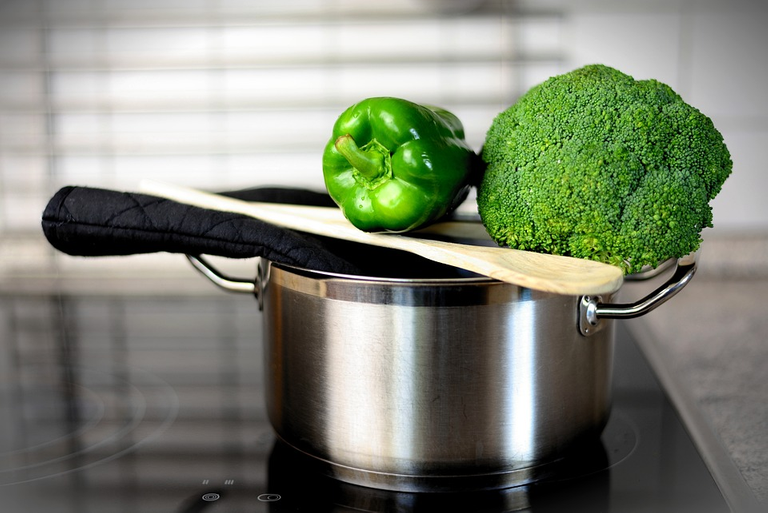

Thanks for reading. See you in next post!




https://twitter.com/252821528/status/1613618854751571985
The rewards earned on this comment will go directly to the people( @chaodietas ) sharing the post on Twitter as long as they are registered with @poshtoken. Sign up at https://hiveposh.com.
Hey friends, thank you very much for appreciating my work! 😃
Hello @chaodietas
These are interesting ideas on how much of a negative impact the way we cook might have on the environment, indeed!
I'll be sure to implement some of these:)))

Thanks for your #KISS
I enjoyed it 😉
lips sealed
Hello @millycf1976,
It's curious the amounts of our carbon footprint when cooking so I thought I'd share it.
Thanks for stopping by!